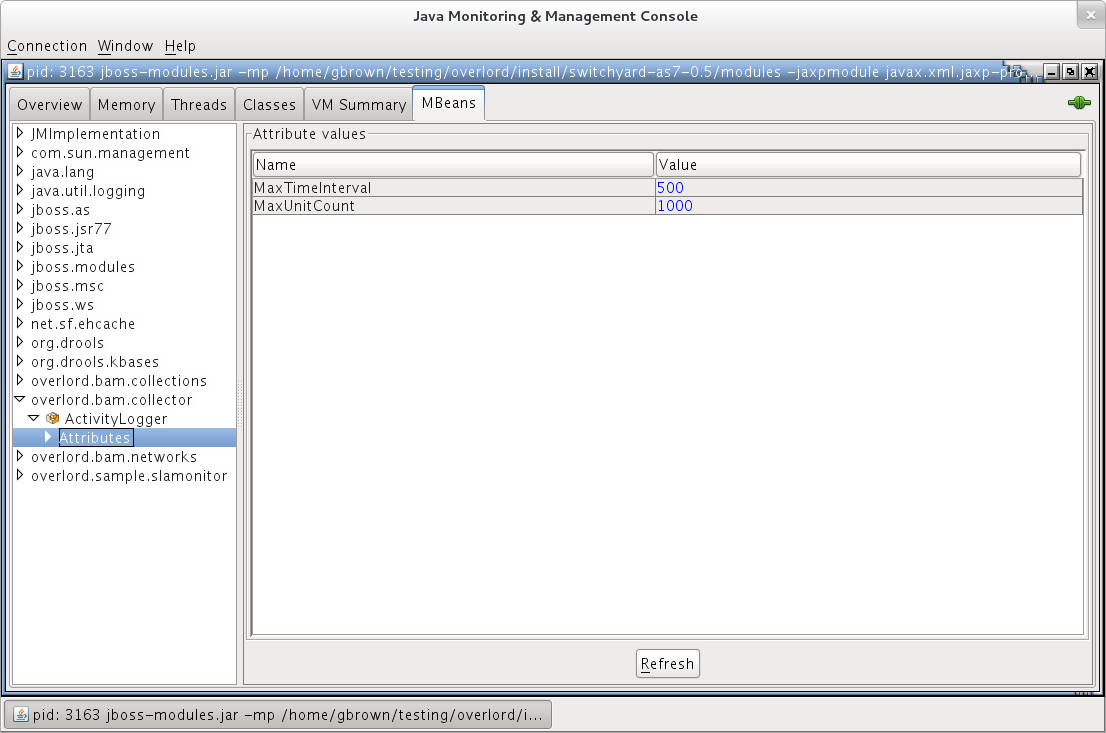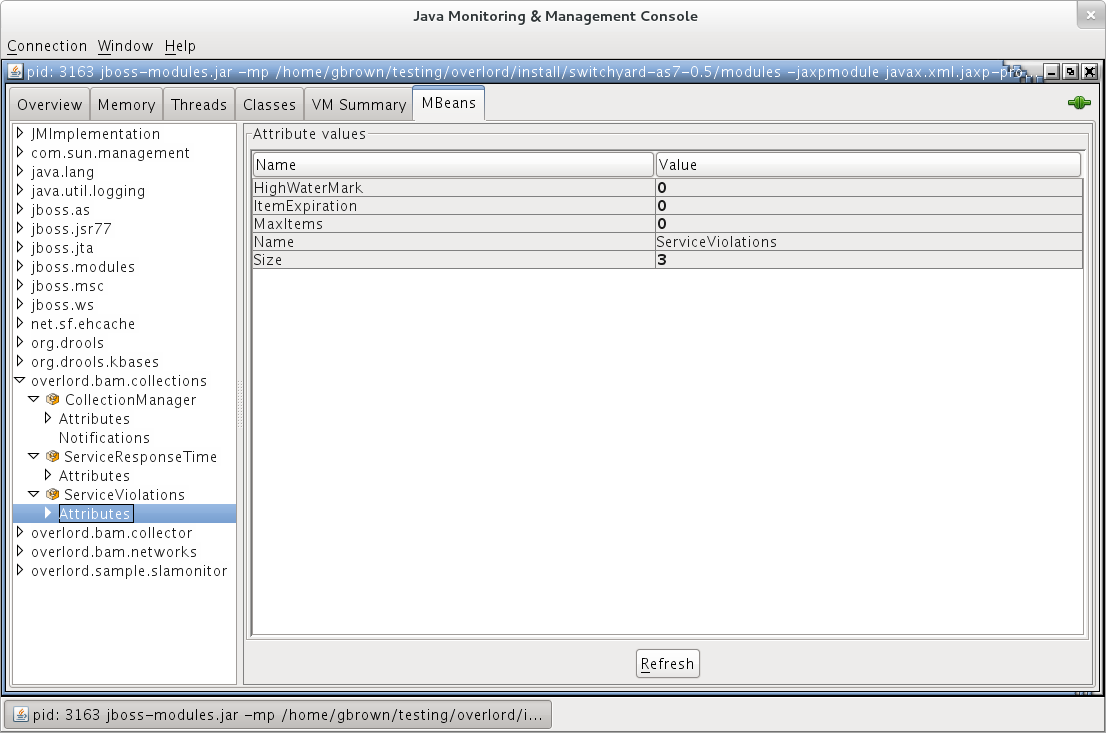The Activity Collector mechanism is responsible for collecting activity event information from within a particular execution environment and reporting it as efficiently as possible to the Activity Server.
This section explains how different Activity Collector implementations may be administered.
This implementation of the activity collector uses a batching capability to enable the information to be sent to the Activity Server as efficiently as possible.
This mechanism has two configuration properties that can be set on the Activity Unit Logger component:
| Property | Description |
|---|---|
MaxUnitCount | The maximum number of activity units that should be batched before sending the group to the Activity Server. |
MaxTimeInterval | The maximum amount of time (in milliseconds) before sending the batch of events to the server. |
The maximum number of items takes precedence, so if it is reached before the defined interval, then the events will be sent to the server.
If the collector is running within a JEE environment, then these properties can be set via a JMX, e.g. using the JConsole:

There are two aspects to managing the Event Processor Network mechanism, the manager component and the networks themselves. This section will outline the management capabilities associated with both.
The Event Processor Network Manager is the component responsible for registering and initializing the Event Processor Networks within a containing environment.
If supported, the manager’s attributes and notifications can be exposed via JMX. Currently the attributes that are available:
| Attribute | Description |
|---|---|
NumberOfNetworks | This attribute defines the number of networks registered in the manager. |
When a network is registered, if within a JEE environment, it will also be registered as a managed bean, and therefore available via JMX. Each network provides the following attributes:
| Attribute | Description |
|---|---|
LastAccessed | When the network was last used to process an event. This can be used to determine when it is safe to remove/unregister a network. |
Name | The name of the network. |
Version | The version of the network. |
For example, using the JConsole:

There are two aspects to managing the Active Collections mechanism, the manager component and the collections themselves. This section will outline the management capabilities associated with both.
The Active Collection Manager is the component responsible for registering and initializing the Active Collection Sources within a containing environment.
If supported, the manager’s attributes and notifications can be exposed via JMX. Currently the attributes that are available:
| Attribute | Description |
|---|---|
HouseKeepingInterval | The number of milliseconds between each house keeping cycle. The house keeping refers to removing items from collections if they are either expired, or the maximum number of elements in the collection has been reached. |
When a source is registered resulting in an Active Collection being created, if within a JEE environment, the Active Collection will also be registered as a managed bean, and therefore available via JMX. Each collection provides the following attributes:
| Attribute | Description |
|---|---|
HighWaterMark | If the number of items in the collection reaches this value, then a warning will be issued. If zero, then does not apply. |
ItemExpiration | The number of milliseconds before an item in the collection should be removed. If zero, then does not apply. |
MaxItems | The maximum number of items that should be in the collection. If zero, then does not apply. |
Name | The name of the Active Collection. |
Size | The number of items in the collection. |
For example, using the JConsole:
